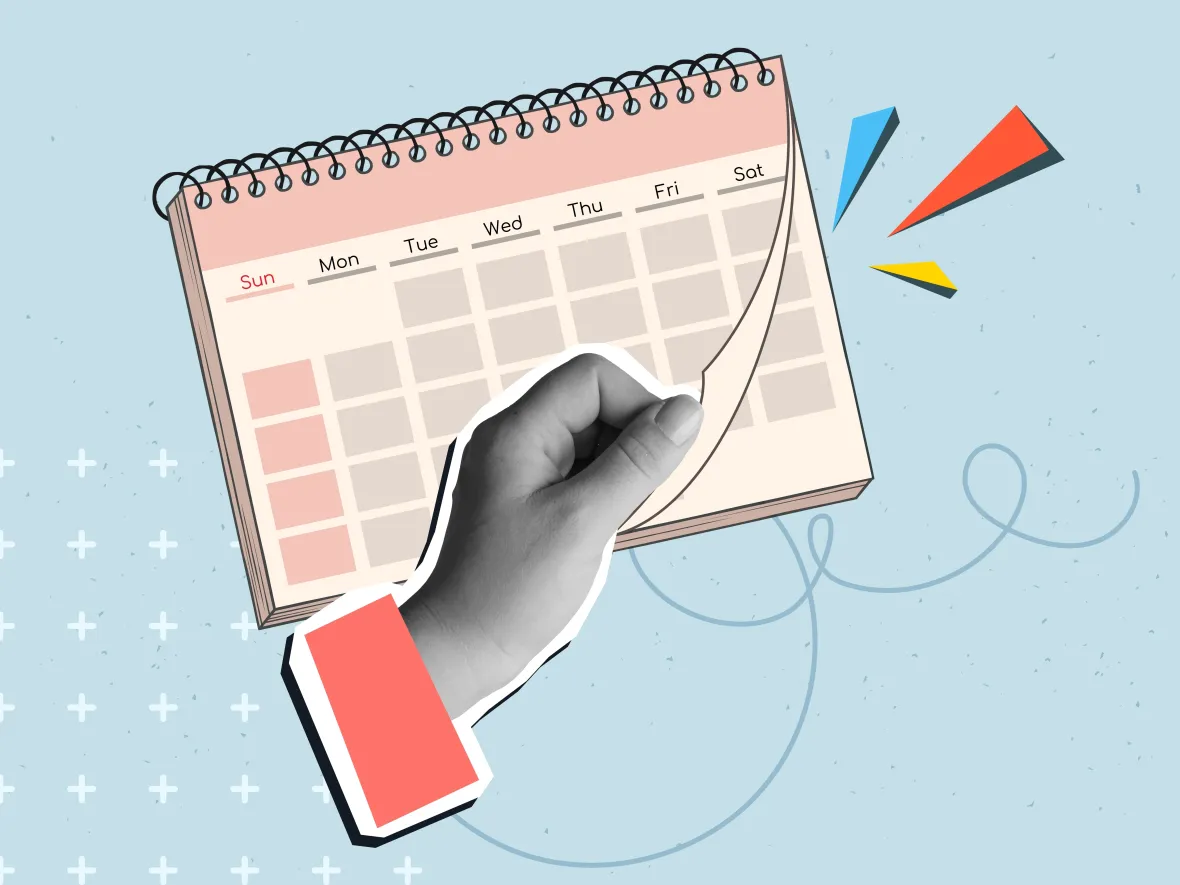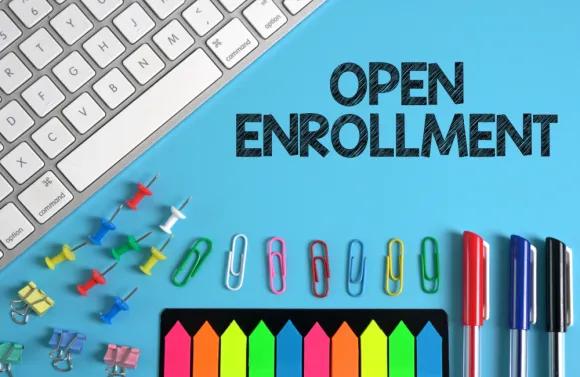
As the year winds down, it’s the perfect time to think about what’s ahead. For benefits professionals, that means setting goals around engaging employees with their benefits package during relevant moments throughout the year.
One of the most critical things you can do to set yourself up for success is to start with a plan. Creating a benefits communication calendar now can offer you a clear roadmap for the year ahead. When you invest the time to outline your messages, timing, and priorities, it becomes easier to stay on track even when the day-to-day chaos inevitably starts to invade or other projects pop up.
There is so much potential in the arena of creating better benefit consumers through increasing your employees’ health literacy and raising their awareness around total rewards, but you cannot do it overnight. That’s why you may find it useful to organize your ideas into quarterly themes, monthly focus areas and meaningful communication touchpoints. This structure provides such a great outline when aiming to engage a multi-generational workforce.
Plus, we all know that benefits are not one-size-fits-all and the same applies to benefits engagement. For each month, strive to have a variety of communication tactics and different benefit promotions or topics so that every employee has the opportunity to connect with at least one touchpoint.
Here’s a process you can work through along with some helpful tips as you embark upon the path of designing your own year-round benefits engagement calendar.
Quarterly Themes
For quarterly themes, it may be useful to align with your company's benefit catalog categories of health, wealth and lifestyle, dedicating the final quarter to all three areas for open enrollment. As you designate each quarter to one of the areas of total well-being, try to incorporate some creativity. Benefits do not have to be boring!
One way to bring your quarterly theme to life is by crafting a statement or tagline that represents the overall theme and ties communications together. A consistent message gives employees an easy way to connect the dots between resources, events and reminders you share throughout the quarter.
Here are some examples of quarterly themes and taglines:
- Q1: Wealth – Kick off the New Year by Planning for the Future Today!
- Q2: Health – Spring into Action with Your Health & Total Well-Being!
- Q3: Lifestyle – See Your Year as Half Full & Invest in Yourself Today!
- Q4: Open Enrollment – Celebrating the Whole YOU!
Once you’ve chosen your themes and taglines, think about how you can layer them into your communications calendar. For example:
- Share tips via an email series, quick videos or short and timely texts tied back to the theme.
- Reinforce the theme with visuals – like a graphic or icon set – that appear across emails, social posts and signage.
- Connect benefits to what’s happening in employees’ lives. For instance, wealth-focused Q1 messages could highlight tax season prep or 401(k) planning, while lifestyle-focused Q3 could spotlight stress management, professional development or vacation time.
Monthly Focus Areas and Touchpoints
Many different organizations promote health awareness months and they provide great ideas and resources for communication campaigns. An online search of terms such as “national health observances” or “national health recognition days” may provide relevant guidance like comprehensive lists and annual calendars.
Another great practice is to engage with your carriers and benefit vendors to see what monthly campaigns or communication toolkits they have to offer their employer groups.
The most effective approach may be to pull from a variety of sources and identify ways to connect the monthly focus areas and awareness communications to the different components of your benefits package. For example, April could be a good opportunity to educate your employees on your HSA-eligible consumer driven health plan to connect with Financial Literacy Month. *
Remember, the overall objective of designing this year-round engagement calendar is to help employees better understand, utilize and maximize the potential of their benefits package. So, here’s to creative planning and optimal employee engagement!
5 Best Practices for Employee Benefits Communications
A calendar is a strong foundation, but how you deliver the message is just as important as when you deliver it. As you put your communication plan into action, keep these best practices for benefits communication in mind:
- Keep communications simple. Benefits are complex, but your communications don’t have to be. Use clear, straightforward language and eliminate jargon wherever possible. Employees should be able to quickly understand what’s being offered and how it applies to them.
- Meet employees where they are. Not everyone consumes information the same way. Use a mix of channels like email, text, videos, posters, digital signage and toolkits to make sure your messages reach employees in a way that resonates.
- Be consistent but creative. A steady cadence of communication keeps benefits top of mind. Add variety with themes, taglines, visuals and, of course, real-life examples that make your content more engaging.
- Invite feedback. Your employees can be some of your best sources of insight, if you encourage feedback. Open the floor through quick surveys, focus groups or informal check-ins. Over time, you’ll gain a clearer picture of what’s working and what needs adjusting.
- Connect benefits to real life. Don’t just talk about benefits programs – show how they make a difference. Whether it’s helping someone save for retirement, supporting a healthy lifestyle or navigating a life change, framing benefits around real employee experiences makes communications more meaningful.
When you combine a well-structured benefits communications calendar with an intentional delivery strategy, you create a plan that’s not only timely, but also engaging and effective. The result? Employees who feel more connected, informed and empowered to make the most of their benefits all year long.
Start planning your strategy today and download Your 12-Month Guide to Keeping Employee Benefits Front-and-Center.


